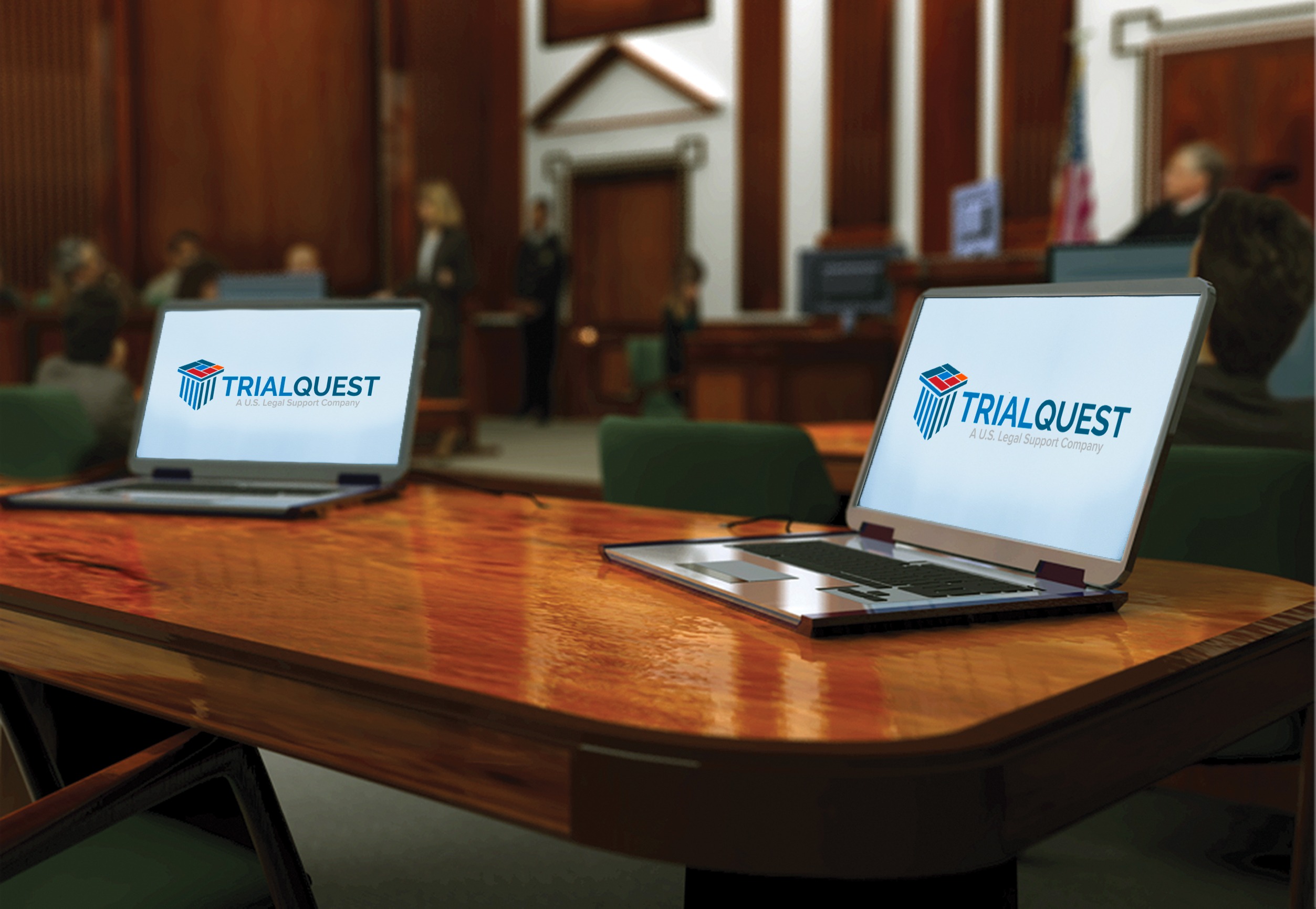The Role of Trial Presentations in Creating Effective Closing Arguments
The Role of Trial Presentations in Creating Effective Closing Arguments
Blog Article
The Power of Visuals in Trial Presentations for a Winning Disagreement
The integration of visuals in trial discussions has actually arised as an essential variable in effectively connecting intricate debates to jurors. By making use of different types of visual aids-- be it diagrams, photographs, or computer animations-- lawyers can boost understanding and retention, eventually shaping the jury's perception of the instance.
Relevance of Visuals in Tests
In numerous legal settings, visuals play a vital duty in enhancing the efficiency of test discussions. The assimilation of aesthetic aspects can dramatically influence jurors' understanding and retention of complicated information, thereby forming their understandings and decisions. Visuals, such as graphes, representations, and photographs, can streamline complex narratives, making them more accessible and engaging.
Additionally, the human brain procedures visual details much more successfully than message, which highlights the importance of including visuals right into legal arguments. By equating dense lawful concepts right into visual styles, attorneys can assist in clearer interaction, guaranteeing that vital factors are not overlooked throughout trials.
Furthermore, visuals offer to engage jurors on a psychological level, promoting a connection to the situation that words alone might fail to attain. The critical use of visuals can stimulate empathy, triggering jurors to take into consideration the human elements of the instance.
Ultimately, the value of visuals in tests lies in their capability to boost clarity, improve juror involvement, and reinforce the narrative being offered. This powerful combination is necessary for crafting persuasive disagreements that reverberate with jurors and affect the outcome of legal procedures.
Types of Visuals to Make Use Of
Effective trial discussions can greatly benefit from a range of aesthetic devices that provide to various aspects of the case. trial presentations. Using representations and graphes can effectively break down complicated info, making it extra absorbable for jurors. Flowcharts can show the series of occasions, while bar charts might succinctly contrast appropriate information factors.

Animations and simulations can likewise play a critical role, particularly in instances entailing technical data or complex circumstances. These visuals can dynamically stand for processes or actions, offering quality and engagement that static pictures may not accomplish.
In addition, infographics incorporate message and visuals to sum up necessary details properly. They can offer timelines, data, and significant situation factors in an aesthetically appealing way, making it easier for jurors to adhere to the debate.
Enhancing Understanding and Retention

Enhancing understanding and retention during trial discussions is critical for making certain that jurors comprehend the vital elements of an visit site instance. Aesthetic aids offer as effective tools hereof, equating complex details into easily absorbable formats. By making use of charts, diagrams, and infographics, lawyers can simplify detailed data and emphasize bottom lines that might otherwise be forgotten.
Research studies have actually shown that people keep information substantially better when it is offered visually. This is specifically relevant in a test setting, where jurors might be overwhelmed by the volume of proof and testimony. By purposefully incorporating visuals, lawyers can direct jurors' interest to one of the most vital facets of the case, enhancing their understanding and memory of the material provided.

Producing Involving Presentations
Exciting jurors' attention throughout original site test presentations is crucial for communicating an engaging narrative. Engaging discussions take advantage of aesthetic elements to develop a memorable experience that reverberates with jurors. The critical use graphics, computer animations, and video clips can elucidate complicated details, making it much more easily accessible and relatable.

In addition, incorporating narration techniques can improve engagement. Providing proof in a rational series that builds sob story enables jurors to attach with the material on an individual degree. Varying discussion layouts, such as incorporating brief video or interactive elements, can likewise receive rate of interest and interest throughout the test.
Ultimately, an appealing discussion fosters a much more extensive understanding of the instance, enabling jurors to better value the debates being presented and causing an extra favorable result.
Study and Success Stories
Numerous case research studies highlight the considerable influence of visuals in test presentations, demonstrating their ability to influence juror understandings and inevitably the end results of instances. As an example, a noteworthy situation including an individual injury case highlighted just how making use of a 3D computer animation of the crash scene made clear complex information. Jurors reported really feeling even more educated and compassionate, substantially persuading their decision in favor of the plaintiff.
In one more circumstances, a company lawsuits case used infographics to existing economic information and timelines, making elaborate details available. The graph allowed jurors to comprehend the subtleties of the instance much more successfully than verbal explanations alone. trial presentations. Because of this, the court returned a decision that exceeded the client's assumptions
Additionally, a criminal defense case employed pictures and video evidence to develop an alibi. The compelling visuals not just assisted in creating doubt yet likewise reverberated mentally with jurors, resulting in a pardon. These success tales underscore the need of integrating visuals right into trial presentations, as they improve understanding, retention, and ultimately, the influential power of legal arguments. The tactical usage of visuals is indisputably transforming the landscape of test advocacy.
Final Thought
In conclusion, the strategic consolidation of visuals in trial discussions dramatically boosts jurors' understanding and retention of complex information. Engaging presentations, supported by compelling case research studies, demonstrate the profound effect that visuals can have on convincing communication.
Report this page